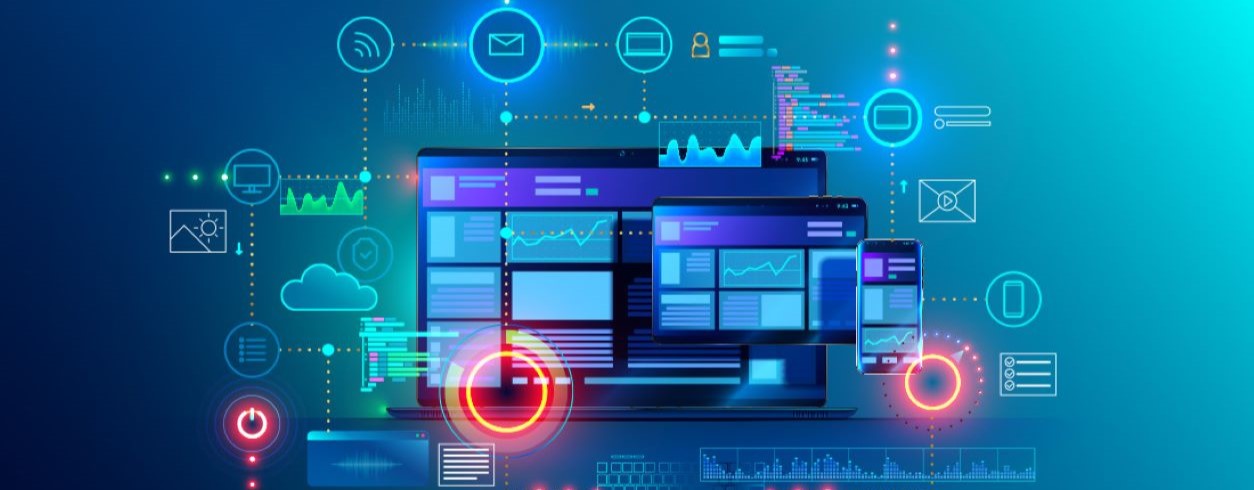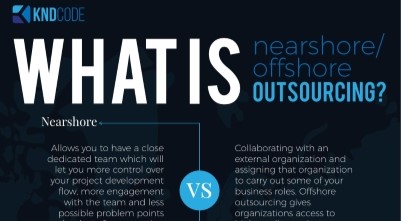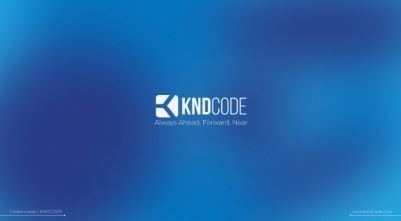The digital transformation era demands that all our technology and data systems are up to date to the expectations of those who use them. Legacy systems, can be challenging due to a lack of updated resources and the potential for having to use multiple systems in order to accomplish just one goal, or simply cope with today's technological advancements. This is a common challenge for human resources areas, however, there is a solution to this problem: HR technology integrations.
HR software can be flexible and adaptable, which means combining the force of your existing software can be beneficial. Streamlining efforts like these have many additional benefits for you and your business. Overall, there is less hassle and headache in trying to manage multiple platforms, as well as potentially saving funds for your organization.
As a top-notch nearshore software development service company, KNDCODE is able to assist you by providing resources to streamline this process and integrate your systems smoothly. We are here to help you during this integration process as a key strategic partner.
System Integrations Benefits
By integrating your systems, you are meeting the expectations of your customers and your employees, however, you may be experiencing some roadblocks due to your current legacy system, which is slow, outdated, and does not meet the exact expectations that you originally had for it. With the desire for almost instantaneous responses from our technology, it can be difficult to navigate this with a legacy system.
HR departments don’t run on a single piece of software alone, it encompasses an effort between many disparate systems and networks. Your HR software needs to perform just as well as a part of this team, as it does in isolation. When your HR systems are interoperable, they can seamlessly connect to and communicate with each of your other systems, resulting in greater productivity all around. Systems that perform well individually, but struggle to communicate with other systems, will likely cause problems and generate productivity issues.
Different Types of Integration
Software development for HR organizations seems easy, but in practice may be difficult unless you do a bit of research. You must establish the best way to integrate these systems to minimize confusion and hassle. There are two options for this integration of systems: file-based batch integration and public application programming interface (API) integration.
File-based batch integration is the more popular of the two options. The systems are integrated by creating a file that can be transferred to another system, and the contents of the said file will have all of the data to make the necessary changes to that file. However, this is mostly a simple upgrade style, used whenever updates are necessary and can be simply fixed. Within this kind of integration are two types of file-batching: full-enforce and change only.
Full-enforce is a longer process because it will usually consist of larger file sizes and will also be sent to every employee, and each will process a little bit of data for every employee. The difference between this and change only is that the change-only process just tells the file system to make the necessary changes that are put in the file.
Public API integration is more beneficial for larger businesses or for those that want to see instantaneous changes in their implementations. This integration uses mapping capabilities to perform the updates, and it can also work differently depending on whether the API is public or not. API integration is used often and is used to minimize difficulties during the integration process.
True interoperability
True interoperability is achieved when a software system can not only send data to another system or application, but also convert it into a format the receiving system can fully understand, and can use metadata to create a common structure and vocabulary that can be understood and used by other systems independently of any specific format.
When designing a software interoperability solution, there are a few important factors to consider:
- The scope of the data to be shared.
- The ability of the solution to match software formats effectively.
- The likelihood of the solution failing in a way that interrupts the user’s workflow.
Most HR’ interoperability problems are the result of implementing independent interoperability systems without standardized connectivity protocols, each software integration must be accomplished separately.
To guarantee successful systems integrations, at KNDCODE we address the process of integrating systems and applications of various complexities, selecting an integration pattern that meets current needs and a future strategy for your business.

KNDCODE HR Strategic Partner
We can help you in this legacy systems integration maneuver with our integration and consulting services. KNDCODE, is a nearshore software development company based in Carmel, IN, with a team of certified software development professionals with the knowledge and skills to help you upgrade your legacy systems and make them fully interoperable, along with extensive experience with HR systems and overcoming different levels of HR technological challenges.
KNDCODE, Always Ahead, Forward, Near.
Ebooks
KNDCODE'S eBooks your gateway to knowledge and expertise in software development. Our curated collection of insightful and practical eBooks covers a wide range of topics, helping you enhance your skills and unlock your full potential. Our free eBooks provide valuable insights, best practices, and real-world solutions to empower your career in the ever-changing world of software development.

Nearshore vs Offshore SD
Nearshore vs Offshore Software Development. What's the difference?
Read more
KNDCODE Credentials
Solutions to the most complex operational challenges.Learn more about our capabilities.
Read more
Hiring Guide (Dev)
Have access to the complete guide to effective Software Development hiring
Read more
Software Development Myths
Here are 8 common software myths and the truth behind each of them.
Read more





